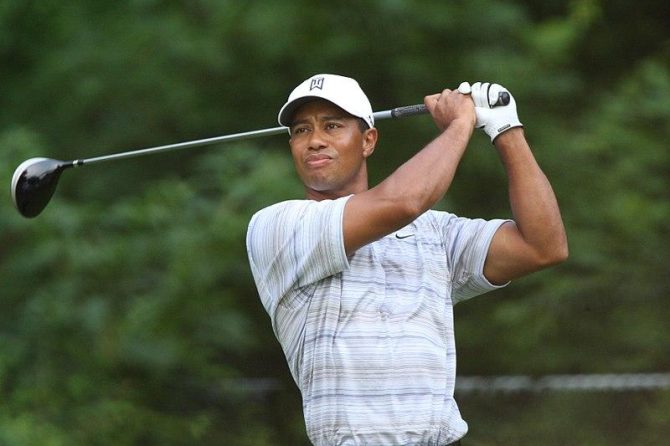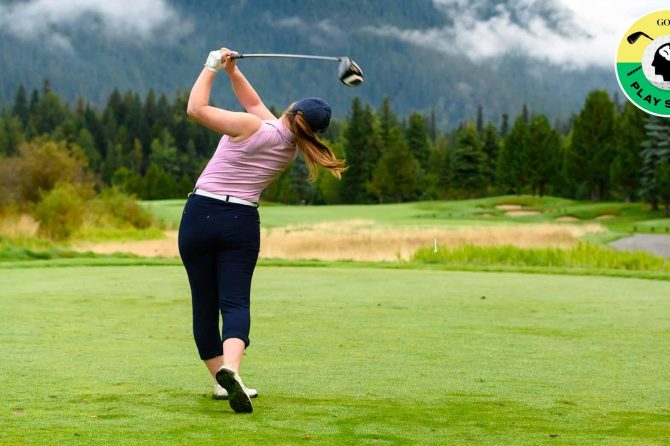Golf, a multi-faceted sport, demands a delicate balance of technical proficiency, physical fitness, and strategic decision-making. Practice drills form an integral part of a golfer’s development, enabling the refinement of technique and the development of muscle memory.
This article delves into a biomechanical analysis of contemporary golf practice drills, exploring the fundamental principles underlying their design and execution. By dissecting the mechanics of each drill, we aim to shed light on their effectiveness in improving swing mechanics and ultimately enhancing performance.
– Biomechanical Assessment of Common Golf Practice Drills
Biomechanical Assessment of Common Golf Practice Drills
Swing Analysis
Proper swing mechanics are paramount for consistent and powerful golf shots. Practice drills focus on specific aspects of the swing, such as the backswing, downswing, and follow-through. Biomechanical analysis can identify areas for improvement, such as rotational velocity, clubhead speed, and impact dynamics. These parameters provide insights into the effectiveness and efficiency of the swing, guiding drill selection to target specific areas for enhancement.
Impact Measurements
Impact parameters are crucial in determining the quality of golf shots. Drills aim to optimize metrics like ball speed, launch angle, and spin rate. Biomechanical assessment can quantify these parameters using high-speed cameras and sensors, providing valuable feedback on club-to-ball interaction. This data helps identify potential issues, such as poor clubface alignment, mishits, or improper ball spin, enabling targeted drills to correct these deficiencies.
Body Kinematics
Golf swings involve complex body movements. Practice drills can isolate and focus on specific joint actions and muscle coordination. Biomechanical assessment employs motion capture systems to track and analyze joint angles, muscle activation patterns, and segmental accelerations. This data reveals potential imbalances or compensations in the swing, guiding drills to improve movement efficiency, reduce injury risk, and enhance overall swing performance.
- Enhancing Swing Mechanics through Drill Analysis
Enhancing Swing Mechanics through Drill Analysis
The evolution of golf practice drills has been driven by increasing knowledge of biomechanics, which study the forces and motions of the body during activities like golf. Drills designed using biomechanical principles are better equipped to train specific muscle groups, improve posture, and optimize movement patterns, leading to enhanced swing mechanics.
One such drill is the “Reach and Lock” drill. This drill helps golfers learn proper posture and arm position by locking their right elbow at the top of the backswing. This encourages the correct shoulder rotation and wrist movement, leading to increased clubhead speed and accuracy.
Another example is the “Unilateral Backswing” drill. By practicing the backswing with one arm at a time, this drill forces golfers to isolate the correct sequencing of body movements, ensuring proper shoulder turn, weight transfer, and hip rotation. This increased body awareness results in a more efficient and powerful swing.
– Recommendations for Optimizing Practice Drill Design
Provide context-specific feedback: Rather than offering generic comments, provide specific feedback tailored to the individual’s performance. This may include feedback on:
- Clubhead speed: How fast the clubhead was traveling at impact.
- Clubhead path: The direction the clubhead was moving on the downswing, either inside-out or outside-in.
- Angle of attack: The angle at which the clubhead entered the ball.
- Impact location: Where on the clubface the ball was struck.
Incorporate multiple parameters: Monitor multiple parameters simultaneously to gain a comprehensive view of performance. This includes:
- Using multiple sensors: For example, using sensors on the club, body, and ball to capture data on multiple aspects of the swing.
- Tracking multiple data points: For example, tracking clubhead speed, ball launch angle, and spin rate to identify potential areas for improvement.
Employ advanced analysis methods: Utilize advanced analysis methods to provide deeper insights into performance data. This may include:
- Machine learning: Implementing machine learning algorithms to identify patterns and anomalies in large datasets.
- Biomechanical modeling: Creating biomechanical models of the golf swing to analyze joint angles, muscle forces, and other factors that influence performance.
– The Impact of Practice Drills on Specific Golf Skills
The Impact of Practice Drills on Specific Golf Skills
Practice drills are a crucial part of golf training, providing a systematic approach to developing and refining specific skills. By targeting isolated aspects of the golf swing, drills enable golfers to focus on improving their technique and consistency.
Various studies have demonstrated the positive impact of practice drills on specific golf skills. For instance, a study by the University of Florida found that golfers who performed putting drills in addition to regular practice sessions significantly improved their putting accuracy. Similarly, a study by the Kansas State University showed that golfers who utilized chipping drills improved their distance control and consistency. These findings highlight the effectiveness of practice drills in enhancing specific areas of the game.
Practice drills not only improve specific skills but also indirectly enhance overall golf performance. By isolating particular techniques, drills allow golfers to develop a better understanding of the mechanics involved, leading to improved swing efficiency, accuracy, and distance. Additionally, practice drills can strengthen muscles and improve coordination, contributing to improved overall performance on the golf course.
– Integrating Biomechanical Principles into Golf Training Routines
Integrating Biomechanical Principles into Golf Training Routines
Understanding the biomechanics of the golf swing is essential for developing effective training routines. By incorporating biomechanical principles, coaches and players can identify areas for improvement, reduce the risk of injury, and enhance overall performance.
Key Biomechanical Concepts
Kinematic sequence: The sequential movement of body segments during the swing, including the backswing, downswing, and follow-through.
Kinetic chain: The transfer of force from one body segment to the next, starting with the ground and culminating in the clubhead.
Ground reaction forces: The forces applied to the ground during the swing, which influence balance and power.
Clubhead speed: The velocity of the clubhead at impact, which is determined by the efficiency of the kinetic chain.
Applications in Practice Drills
Incorporating biomechanical principles into practice drills allows golfers to focus on specific aspects of their swing. For instance:
Pelvic Tilt Drills: These drills isolate the pelvic movement during the backswing, promoting proper hip rotation and improved kinetic chain efficiency.
Core Stabilization Exercises: Strengthening the core muscles contributes to stability, balance, and power generation, improving overall swing dynamics.
* Tempo Drills: Utilizing swings with deliberate tempo patterns helps golfers develop a consistent rhythm and tempo, optimizing clubhead speed and accuracy.
| Drill | Biomechanical Focus |
|—|—|
| Backswing Rotation Drill | Pelvic rotation and X-factor (spine angle) |
| Core Stabilization Plank | Core strength and stability |
| 1-2-3 Tempo Drill | Consistent rhythm and tempo |
Conclusion
This comprehensive analysis of contemporary golf practice drills from a biomechanical perspective underscores the importance of scientific rigor in golf instruction. The insights gained from this study provide evidence-based guidance for golf coaches and practitioners, enhancing their ability to optimize training interventions.
By elucidating the biomechanical principles underlying effective practice drills, we empower golfers to make informed choices about their practice routines. This knowledge enables them to target specific aspects of their swing, improve their technique, and ultimately enhance their on-course performance.
Continued research in golf biomechanics will further refine our understanding of practice drills, facilitating the development of even more effective training methods. As golf technology continues to advance, the integration of biomechanical analysis with sensor-based tools holds great promise for the future of golf instruction.





